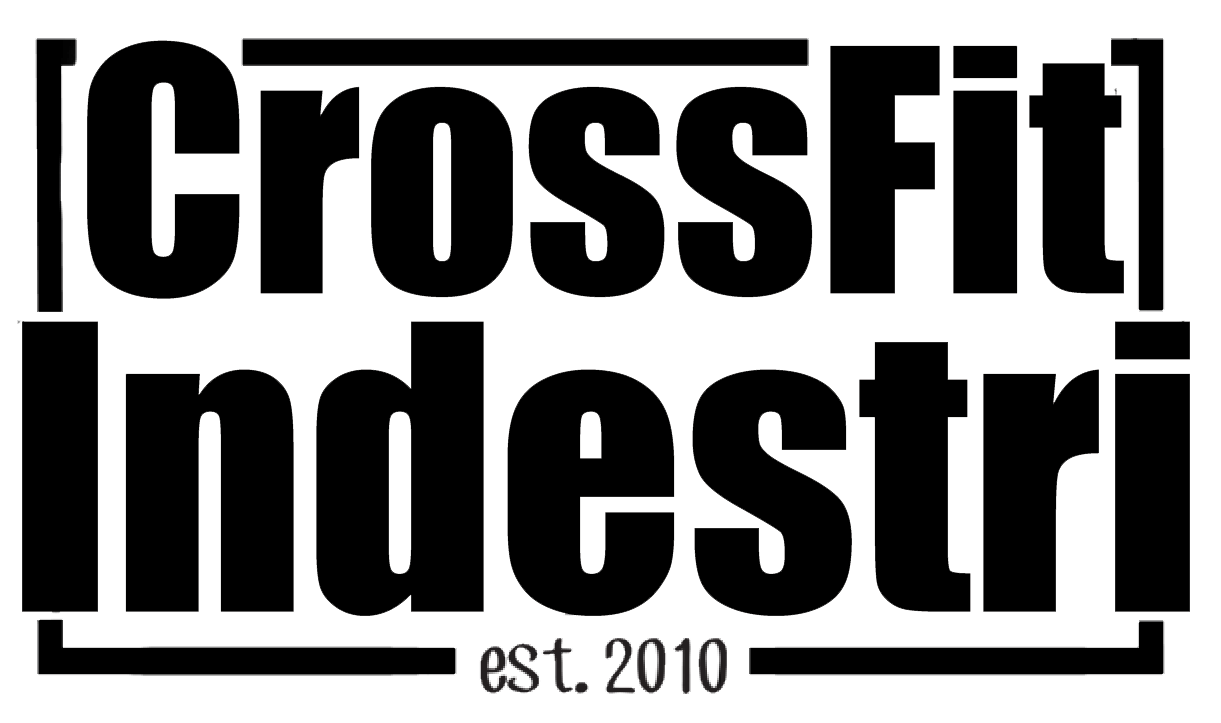Grips - Monday, April 28th, 2025
Grips
Grips in CrossFit: A Useful Tool, But Not Always Necessary
You’ve probably see people or you yourself throw on grips before hitting the rig for pull-ups, T2B, or BMU’s. Grips are one of those tools that can make a huge difference in performance and hand protection, but they’re not a one-size-fits-all solution, and they’re definitely not essential for every athlete or even for every workout.
Let’s break down the role of grips in CrossFit, why they’re so popular, and when you might want to use them, or skip them altogether.
Why Athletes Use Grips
1. Hand Protection
One of the most obvious reasons people use grips is to protect their hands. High rep gymnastics movements can cause tearing in your palms. Torn hands not only hurt, they can put you out of training for days. Grips help create a barrier between your skin and the bar, reducing friction and lowering the risk of tears.
2. Better Grip on the Bar
Grips can enhance your connection to the bar, especially on slick or powder-coated rigs. The added surface area and material (typically leather or synthetic) improve your ability to hang on longer during high-volume movements like C2B pull ups or BMU’s. (Note that our rig is not powder-coated like many other affiliates).
3. Efficiency and Longevity
Grips can reduce fatigue in your hands and forearms, helping you stay more efficient in workouts. This matters most in competitions where small advantages can make a big difference.
But Here’s Why You Don’t Always Need Them
1. Dependency Can Hinder Skill Development
Relying too heavily on grips can prevent you from developing natural grip strength. For newer athletes, it’s often better to build your raw grip capacity first before leaning on equipment.
2. Some Movements Don’t Require Them
Not every workout calls for grips. If a WOD is light on rig work or involves movements where grips get in the way (like kettlebell swings, rope climbs, or dumbbell snatches), you’re better off going without. Grips can actually make transitions slower in mixed-modal workouts.
3. Learning the Bar Without Grips
There’s a learning curve to using grips effectively. Improper use can lead to slipping, bunching up, or even worse, thinking you’re more secure than you are. It’s valuable to spend time on the rig with just your bare hands, so you really understand how your body moves and grips naturally.
When to Use Grips
High rep rig workouts (Murph, Angie, etc.)
In long competition days where hand fatigue and preservation matter
Heavy bar muscle-up or pull-up volume
If your hands are already torn and need protection
When to Skip Them
Warm-ups or low-rep skill work
WODs with mixed equipment or where grips can hinder the workout
When learning movement mechanics
Final Thoughts
Grips are a tool, just like weightlifting shoes, belts, or knee sleeves. They can help you push harder, protect your hands, and stay in the game longer. But like any tool, they’re best used with intention. Don’t skip the fundamentals, build your base grip strength, practice clean movement mechanics, and use grips only when needed, and certainly not just because everyone else is wearing them, or someone other than your coach suggested they might help.
Thursday, April 24th, 2025
Focus:
4 Sets
3 Deadlift
2 Hang Cleans
1 Cluster
WOD:
For Time:
14 Clusters 115/75
14 C2B
7 Clusters
7 C2B
21 Bar Facing Burpees
7 Clusters
7 C2B
14 Clusters 115/75
14 C2B
Check back each night at 8pm for the next days WOD .
Contact us: Address: 200 Mountain Rd #3, Collingwood, ON L9Y 4V5 Phone: (705) 444-0006 Follow us on Instagram @crossfit_indestri

